Lisbon: Third best city in our ranking

Portugal has a capital that, in many respects, is the envy of the world in terms of quality of life. For Europe, Lisbon’s importance is crucial. It ranks third in our survey because of the excellent proposition it offers in terms of balance across most of its features and categories. For while there are some things about Lisbon that our respondents feel could be much improved, there are also other factors that are among the best in Europe.
The climate, as Lisbon’s first attraction, makes the city very pleasant, while the wide variety of international educational establishments also pleases those who start living there. Not least its good cost of living ratio and excellent gastronomy.
The contrasts of Lisbon’s streets, typical of a city more than 3,000 years old, make it one of the leading capitals in terms of charm and comfort of life. It has the comfort and freshness of a place where every street seems to change style and where all styles blend together in a collage of colour.
Lisbon has been rated very positively in our survey. Thousands of people have chosen it as their ideal place to live and have given it numerous points in the main categories taken into account for the survey. Preceded by Copenhagen and Madrid respectively, Lisbon ranks third in the overall ranking of the best cities to live in Europe.

One of Lisbon’s greatest assets, it has become its main calling card among respondents who are interested in the city. It is therefore not surprising that the Portuguese capital has taken first place in the ranking of European cities based on its climate. Respondents are clear about this and rank it ahead of other Mediterranean cities Barcelona, Rome, Madrid and Paris, which make up the top 5 in the category.
Respondents highlight that Lisbon has a pleasant climate all year round. Summers are hot during the day, but in the morning they drop to temperatures that are more comfortable for home and outdoor living. Winters are described by respondents as mild.
They also emphasise that it is not excessively rainy. Thanks to this combination of factors, Lisbon manages to be one of the cities with the best climate in Europe.
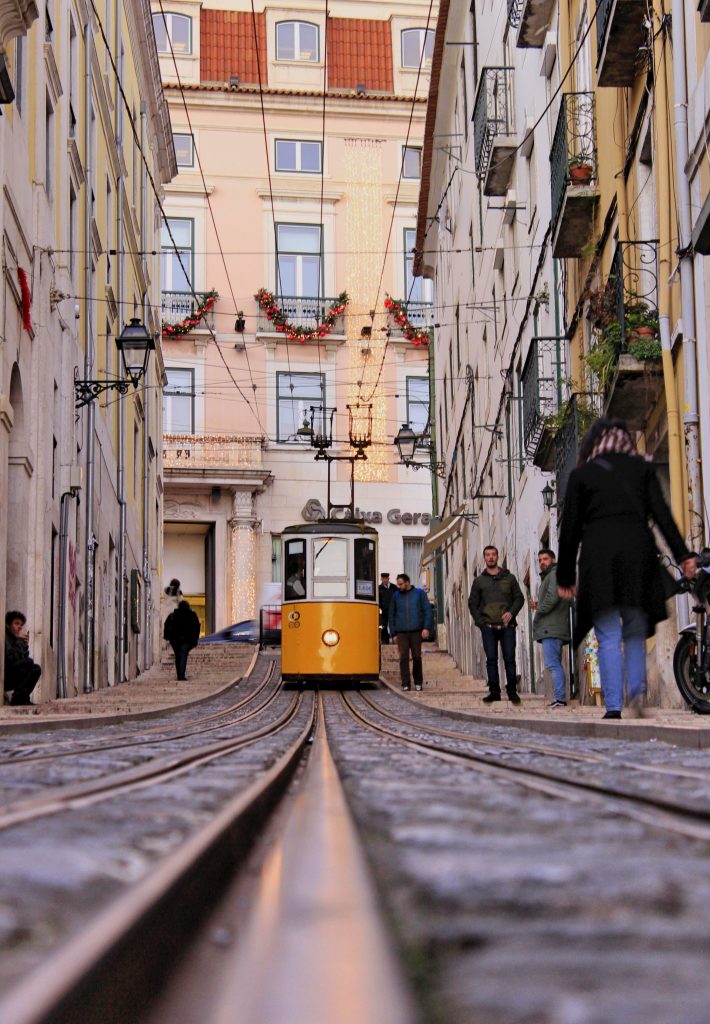
Lisbon has a lot of work to do to improve its public transport offer and to catch up with other cities such as Zurich or Madrid. The results of our survey reveal this, as the city has failed to make it into the top 10 best cities in this category. The reasons for this low score are varied.
Firstly, Lisbon does not have a combined system to unify fares and tickets for its different types of transport, which affects the convenience for residents. This is not only negative for tourists, but also for those who live in Lisbon who have to get used to it.
Second, the city’s public transport coverage could be much better.
The metro network is small and mainly concentrated in the central parts of the city, while traffic on the streets is high and buses are often running late. In addition, the tram system combines new models with old ones that are more than 100 years old and are attractive for tourism, but not very practical in day-to-day life.
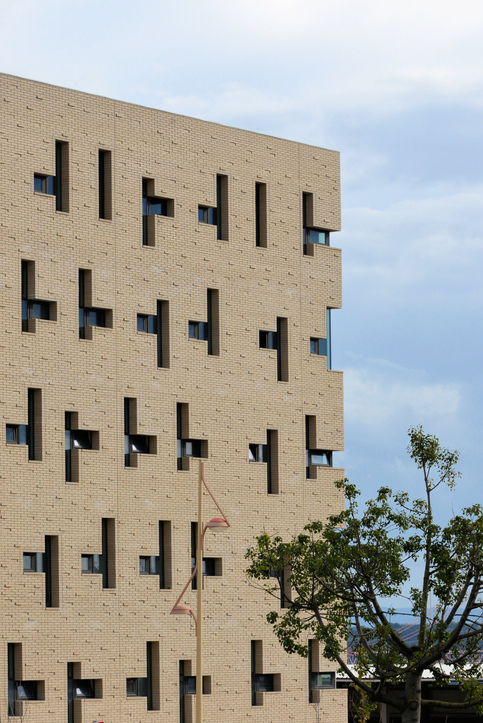
Why does Lisbon occupy a very prominent sixth position in our results in the education category when it has no university in the top 100 in the world? There is one reason that explains it all: the great support that the Portuguese capital offers to international residents and their children, who have the opportunity to study in all kinds of centres prepared for them where they can feel at home.
Thus, Lisbon has one of Europe’s largest offerings of international educational institutions that bring great freshness and flexibility to families seeking an education that is aligned with their values. American students can attend the Carlucci American International School of Lisbon, which is the only American school in Portugal. Spanish students have access to the Instituto Español Giner de los Ríos, French students to the Lycée Français Charles Lepierre, German students to the Deutsche Schule Lissabon and British students can choose between Saint Julian’s School and Saint Dominic’s International School.
With this support, Lisbon ensures that any family moving to live in the Portuguese capital can find exactly what they are looking for to ensure their children’s education.

Food has evolved in Lisbon in recent years to the point of introducing new flavours and recipes that are revolutionising the Portuguese gastronomic experience at full speed. This is happening without leaving aside the more classic dishes and traditional flavours that continue to be very present in the most classic places, in the tascas and in the restaurants that keep alive the tradition of a gastronomy that dates back to the past.
But the freshness brought by the new generations of chefs has led to food in Lisbon being more appreciated. This is demonstrated by Lisbon’s third place in our survey results, placing it behind the prestigious gastronomic varieties of Copenhagen and Madrid, and ahead of Prague and Berlin.
Of course, fish takes centre stage in Lisbon’s gastronomy. Some of its most popular dishes include caldeirada, seafood rice, alheira, caldo verde or bacalao à brás. Trendy and fashionable restaurants opt for other flavours and styles, but always keeping fish in a leading position.
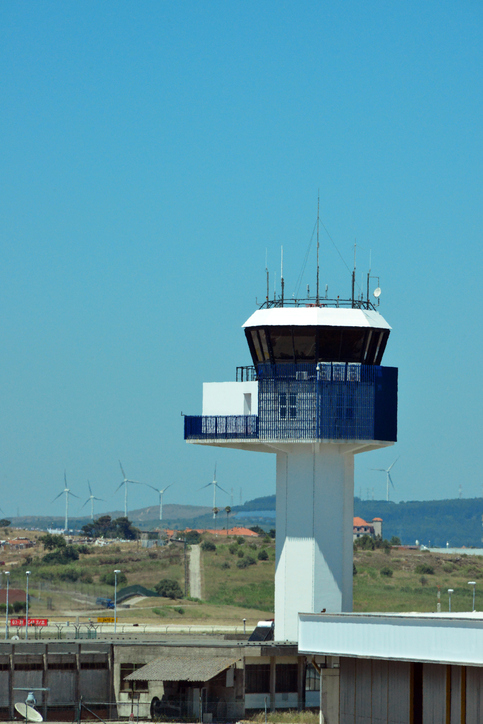
Humberto Delgado Airport is not far from the city centre, at 9 kilometres, but connections are not as convenient as those to other major cities and their airports. And although it is an airport that handles a large volume of traffic, it lags behind other major airports in European capitals.
It serves as a major hub with Brazil for obvious reasons of language, but it does not have as much international presence as in other cases. Its facilities, moreover, have become rather outdated, and it is noticeable that the airport was built during the complex period of the Second World War. Inaugurated in 1942, one of its main drawbacks is the large accumulations of passengers that can occur.
For this reason, Portugal is considering the construction of a second airport to lighten the traffic and give Lisbon better quality international connections. For now, its situation has meant that in our survey it has not made it into the top 10 in this category. This could change if, in the future, a new airport is built, although the Portuguese government has not yet decided to dedicate a budget to it.

It is not considered an unsafe city, but it is not as safe as Munich or Zurich. Our respondents did not give it enough votes to make the final list. According to the respondents, there is a lot for improvement, especially with regard to some very specific areas.
Citizens, both locals and international residents, are advised not to take certain shortcuts in small streets and to avoid certain areas of the city, especially at night. At the same time, be wary of pickpockets on trams, where they are able to steal by taking advantage of confusion and crowds. This type of theft is common on a day-to-day basis and can spoil people’s commute to work or shopping, so care must be taken.
Another aspect that Lisbon suffers from is the presence of various social problems that are camouflaged, but which residents will easily be able to detect. This is the case with the sale of drugs, which is hidden among the products sold by street vendors on the streets and whose illegal businesses they use to camouflage the sale of narcotics. The same is true of prostitution in certain nightlife areas, where it is still present even though the government has tried to eradicate it.

Lisbon is recognised by respondents for demonstrating how to work as a sustainable city, but it must also be acknowledged that the Portuguese capital has slowed down in recent years and that other major European cities have taken note of how to act. Sustainability is becoming an increasingly competitive issue and this is demonstrated by the fact that no city should be satisfied with what it is already doing.
Thus, although Lisbon won the European Green Capital Award in 2020 for its efforts in sustainability at such a difficult time as the world was going through, other cities such as Milan, The Hague or Barcelona have subsequently caught up to improve their work and leave a better footprint. Lisbon’s results in our survey are not bad, but there is room for improvement, as it is only 10th in the ranking.
However, Lisbon has promised that by 2030 they will be the most sustainable city in the world and will introduce an initiative that will include a new urban model on how a capital city can help ensure the survival of the planet.
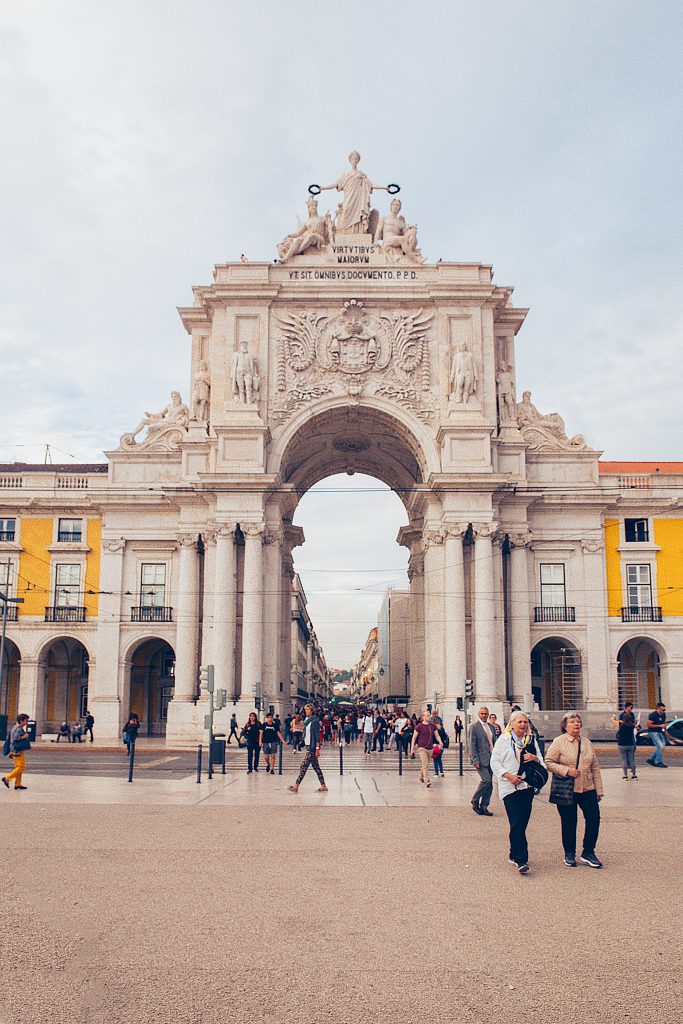
Second only to Lyon, Lisbon is one of the highest rated cities in Europe when it comes to the cost of living. Those who have visited or live in this Portuguese city know that it is a much more affordable place to live than cities such as Rome, Rotterdam or Vienna, which are lower down the list in our survey results.
The cost of living is similar to other nearby cities, such as Madrid, which is above the Spanish capital due to details such as the fact that renting a house is cheaper in the Portuguese city. But supermarket shopping and the monthly budget that families have to spend to live comfortably are in line with each other.
One of the most common expenses that respondents highlighted is eating out in restaurants, where affordable rates are offered, allowing all citizens to get into the habit of going out on a regular basis. This helps Portuguese restaurants to maintain a good flow of customers and creates a very positive impression among residents, who can eat out often without incurring large expenses.

Once a powerhouse of international culture, Lisbon has turned off its more international initiatives to concentrate on running museums and other interesting but less glitzy venues. So, although it was European Capital of Culture in 1994, it has since lost steam to a point where, in our survey, it has failed to make the top 10 in this category as opposed to places like Rome, Paris or Madrid, which occupy the top positions.
But this is not to say that there are no highlights. Its large number of museums is an important aspect, among the most popular being the National Museum of Ancient Art or the National Carriage Museum, which explores one of the world’s largest collections of this type of classic transport. Other centres that offer a good proposal are the National Museum of Archaeology or the National Museum of Contemporary Art.
In terms of culture, Lisbon has a number of attractions that can be frequently visited throughout the year, such as the National Theatre of São Carlos.
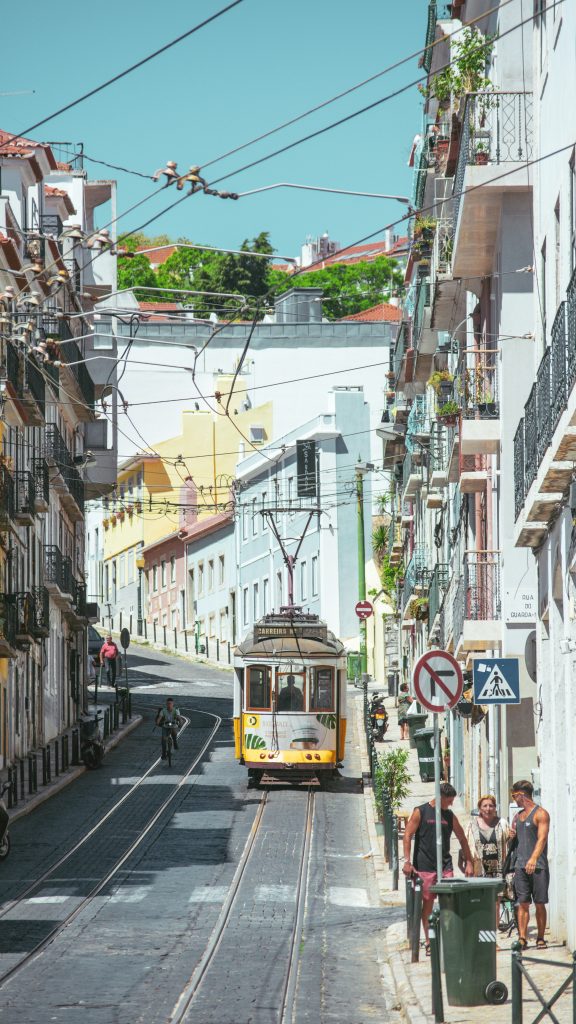
In some ways, leisure in Lisbon seems to be more focused on satisfying the needs of tourists and passing travellers than on pleasing those who live in the city. This factor has not gone unnoticed. It is something that detracts from Lisbon and makes it not as suitable a place in this category as Rome, Barcelona or Prague. It is also for this reason that it did not receive enough votes in our survey to make it into the ranking of the best European cities in this category.
There are many interesting sights to see, such as St. George’s Castle or the ruins of the Convento do Sarmo, but these are plans that are not worth repeating over the months. Fortunately, Lisbon also offers beautiful walks, good shopping areas and a nightlife that does not disappoint.
In contrast to other large European cities, Lisbon lacks more entertainment venues that invite you to spend a full day of fun, especially with the family. Places like Fun Center or Dino Park, although interesting, lag far behind what European capitals have to offer.
